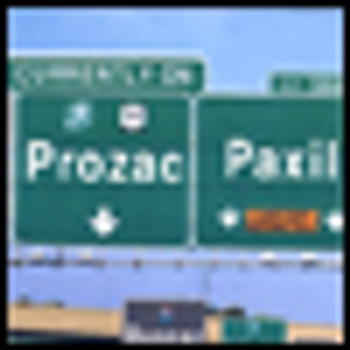
Pediatric bipolar disorder (PBD) is a serious psychiatric illness that impairs children’s emotional, cognitive, and social development. PBD causes severe mood instability that manifests in chronic irritability, episodes of rage, tearfulness, distractibility, grandiosity or inflated self-esteem, hypersexual behavior, a decreased need for sleep, and behavioral activation coupled with poor judgment. While research in this area has accelerated during the past 15 years, there are still significant gaps in knowledge concerning the prevalence, etiology, phenomenology, assessment, and treatment for PBD.












